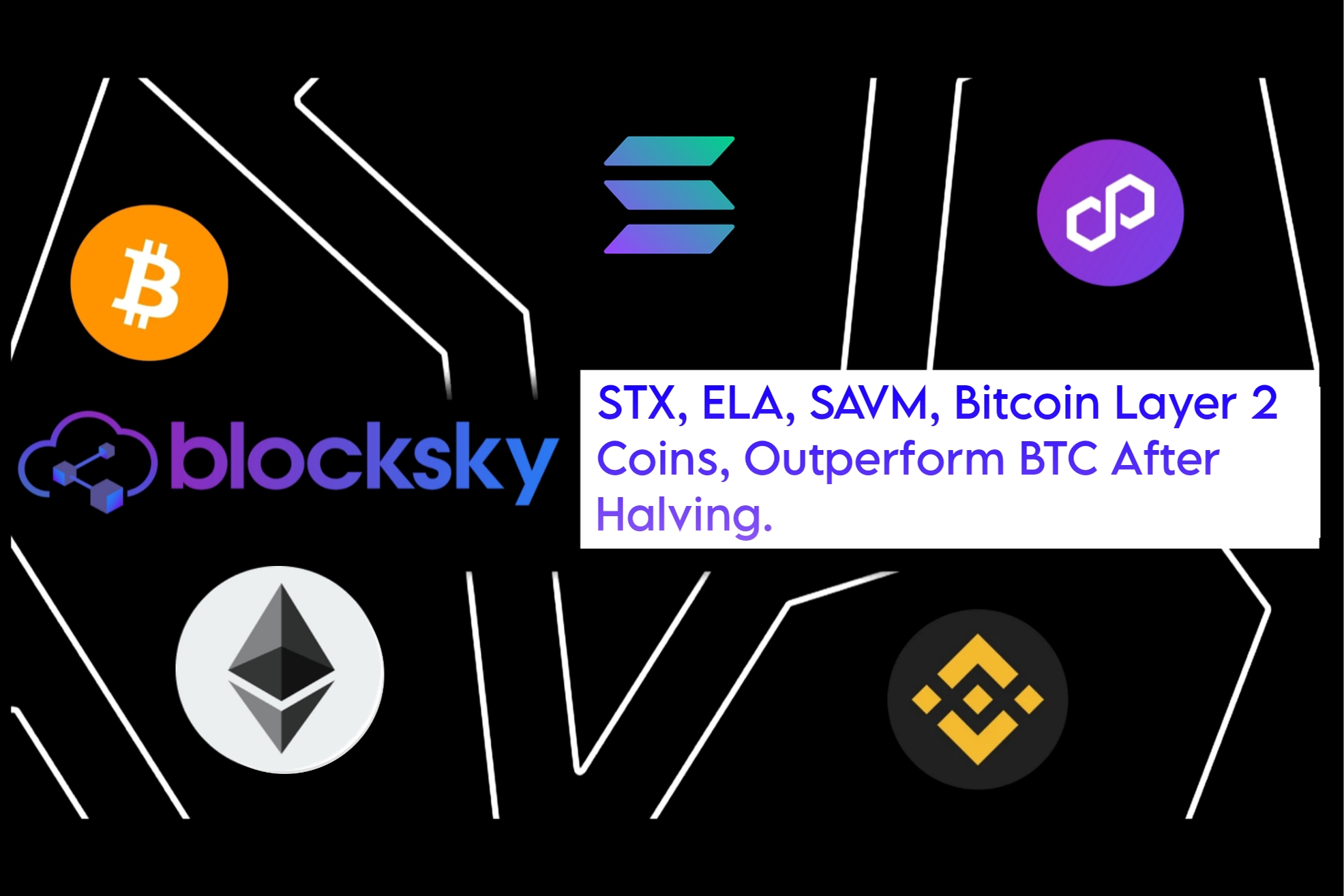2024-04-23

Bitcoin layer 2 solutions have been outperforming the original Bitcoin (BTC) since the recent mining reward halving.
The native token of Stacks, a leading Bitcoin layer 2 network called STX, has surged by nearly 20% to $2.87.
This rise occurred after the halving reduced the per block coin emission to 3.125 BTC from 6.25 BTC.
In comparison, Bitcoin has only gained a little over 4.7% to $66,300. STX is currently one of the Top-Performing cryptocurrencies in the past 24 hours.
Other layer 2 coins, such as Elastos' ELA token and SatoshiVM's SAVM, have also experienced respective increases of 11% and 5% since the halving.
Bitcoin layer 2 solutions aim to overcome the scalability and transaction speed limitations of the Bitcoin blockchain.
These projects are built on top of the Bitcoin blockchain and process transactions off the main chain, thereby improving scalability.
Unlike Ethereum layer 2 solutions, which mainly focus on scaling the Ethereum smart contract blockchain, Bitcoin layer 2 projects aim to scale and introduce programmability features to the main blockchain without utilizing an Ethereum-like virtual machine.
The impressive performance of Bitcoin layer 2 coins aligns with a surge in transaction fees on the Bitcoin blockchain following the halving.
Data from Glassnode reveals that the mean transaction fee has skyrocketed to nearly 0.0020 BTC, reaching its highest level since early 2018.
The surge in fees can be attributed to the launch of a new protocol called Runes, which allows users to "etch" and mint tokens on the Bitcoin blockchain.
The debut of Runes led speculators to rush in, resulting in increased transaction activity and higher transaction costs as meme coins were traded. As of now, there have been approximately 3,700 Runes inscriptions on the Bitcoin blockchain, according to data from Ord.io